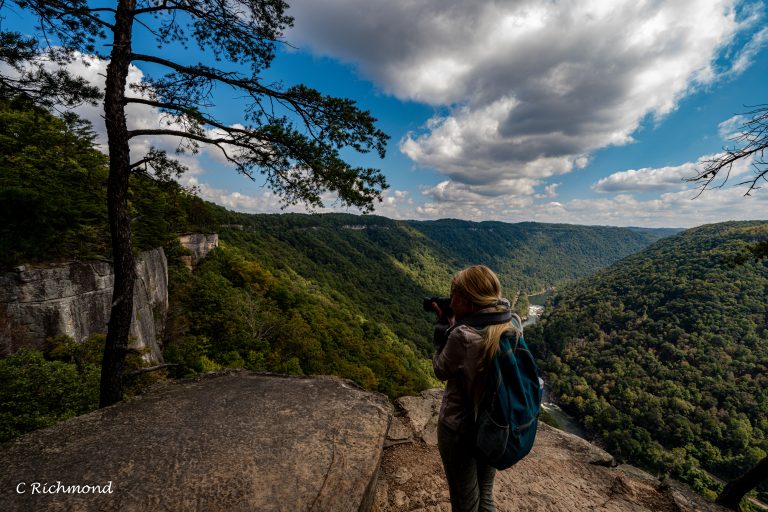How do I properly adjust brightness and contrast in photography?
In the world of photography, understanding the nuances of brightness and contrast is more than just a technical exercise; it’s a dance between science and art. Properly adjusting these parameters can bring a flat image to life or convey emotions that resonate deeply with viewers. Whether you’re a mother hoping to capture precious family moments or an amateur photographer eager to switch from “Auto,” this guide is for you.
Understanding the Basics of Lighting
Photography, at its core, is about capturing light and telling stories. This process often involves making essential decisions about how light interacts with the camera’s sensor. Two of the most fundamental aspects of this interaction revolve around brightness and contrast. Grasping these elements and their roles can elevate a photograph from a simple snapshot to a compelling narrative.
- Brightness vs. Contrast
- Brightness pertains to the overall lightness or darkness of an image. Imagine standing in a dimly lit room; the ambiance is soft, maybe even a tad gloomy. Now, visualize turning up a dimmer switch, introducing more light into that room. This action is analogous to increasing the brightness of a photograph. On the other hand, reducing the light by dimming that switch parallels decreasing the image’s brightness.
- Contrast, on the other hand, delves deeper into the relationship between the lightest and darkest parts of your image. It’s the gap or difference between these two extremes. High contrast images have a vast disparity between light and dark areas, leading to bold, distinct, and often dramatic results. Pictures with low contrast, in contrast (pun intended!), have a narrower range of tones and can appear softer or even a bit washed out. The choice between high and low contrast can be both a technical decision and an artistic one, contingent on the story you wish to convey.
- The Mood Factor: Brightness and Contrast
Emotions play a significant role in photography. A well-composed image can evoke a myriad of feelings, from joy to sorrow, from tranquility to tension. Brightness and contrast are two levers a photographer can pull to influence these emotions actively.
Consider an image of a serene beach at sunset. Increasing the brightness can give the feeling of a sun-drenched afternoon, perhaps invoking memories of vacations or feelings of warmth and relaxation. Now, imagine tweaking the contrast. A boost in contrast could accentuate the sun’s fiery hues against the ocean’s deep blues, turning the serene scene into a dramatic, vibrant tableau. Conversely, reducing the contrast might create a more subdued, dreamy atmosphere, perfect for a tranquil meditation backdrop.
The key takeaway here is the power of brightness and contrast in shaping a photo’s narrative. They are not mere technical dials to be adjusted but are instrumental in molding the mood and tone of the final image.
Arming oneself with a foundational understanding of brightness and contrast is akin to a painter understanding the importance of brush strokes and paint consistency. It’s a blend of science and art, and it’s this very dance between the two that allows photographers, be they beginners or seasoned pros, to craft images that resonate, evoke, and inspire.
Preserving Details Amid Adjustments
Photographs are a tapestry of details, and while adjustments can enhance an image, they can also strip away its essence if not done correctly.
- Utilizing Histograms
The histogram, a graphical representation of the tonal values in your image, is a beacon for photographers. Ensuring the graph doesn’t “clip” at the extremes helps retain details in the shadows and highlights. - The Role of Graduated Adjustments & HDR
Graduated adjustments let you change brightness and contrast in specific areas, rather than the whole image. HDR (High Dynamic Range) merges different exposures of the same scene, ensuring both shadows and highlights are detailed and clear.
Choosing the Right Tools & Software
While the artist’s vision is paramount, having the right tools can make its realization smoother.
- Desktop Solutions: Beyond Brand Loyalty
Software like Adobe Lightroom, GIMP, DxO PhotoLab, and Affinity Photo are among the top choices for photographers. While each has its merits, what matters most is understanding its features and aligning them with your needs. - Mobile Photography: On-the-Go Adjustments
For those predominantly using smartphones, apps like Snapseed and VSCO pack powerful editing capabilities. Adjust brightness, contrast, and more with just a few swipes and taps.
In-Camera Settings: Before You Even Get to Post-processing
Your camera is more than just a tool; it’s an extension of your vision. Harness its power by understanding these key settings:
- Exposure Compensation & Metering Modes
Exposure compensation lets photographers quickly adjust the image’s brightness. Different metering modes, from spot to evaluative, guide the camera on which parts of the scene to prioritize in determining the right exposure.
Tips & Tricks: Brightness and Contrast Mastery
Mastering photography is an ongoing journey. These tips and tricks pave the way for better images:
- Harnessing Natural Light
Nature’s light is unparalleled. Learn to work with the golden hour, blue hour, and understand how diffused cloudy conditions can be your best friend. - The Power of Calibration: Screen and Printer
For consistency from screen to print, calibration is key. Ensuring your monitor and printer are in harmony means less guesswork and more accurate results.
Common Mistakes & Prevention
Mistakes are a rite of passage in learning. However, knowing common pitfalls can save time and frustration:
- Over-Adjustment: The Detail Killer
Being heavy-handed with adjustments can lead to loss of details. Learn to recognize signs of over-editing, from unnatural skin tones to lost textures. - Misunderstanding Dynamic Range
Not all cameras are made equal. Understand your camera’s dynamic range to prevent washed-out highlights or detail-less shadows.
Conclusion
In photography, technical know-how and artistic vision walk hand in hand. As you grow, remember that the heart of the image lies in the story you want to tell. Tools, techniques, and adjustments are simply means to help you articulate that narrative more compellingly.
Now that you’re armed with knowledge, it’s time to put it into action. Grab your camera or smartphone and start experimenting. Share your progress, your triumphs, and even your missteps. Every shot taken is a step closer to the masterpiece you’re destined to create. Join our community, and let’s grow together in our shared passion for photography.





